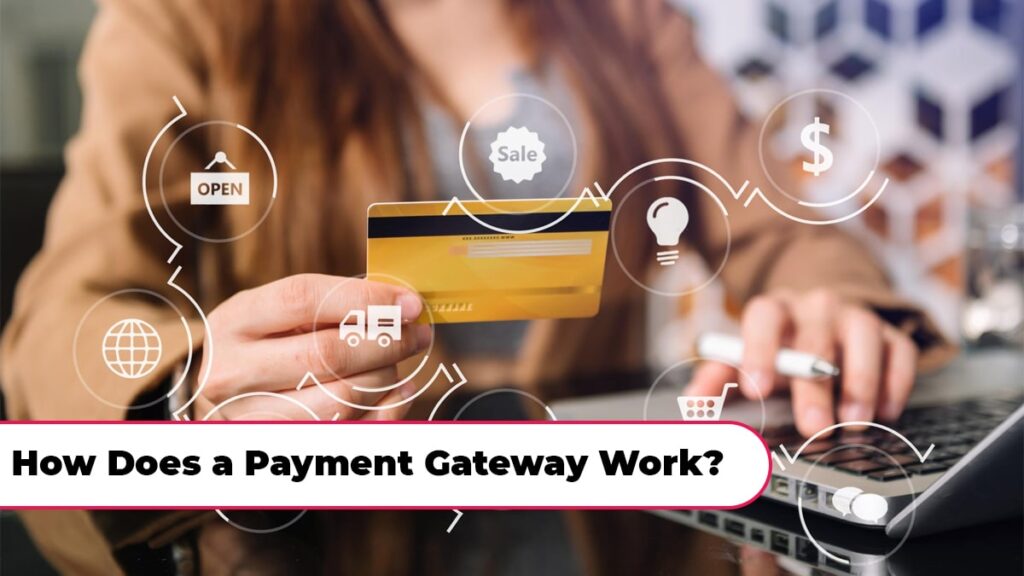Online Marketplace is nothing with a Payment Gateway that helps online marketplaces process payments from customers and provide a safe and secure method of transaction between two parties.
Having a clear understanding of the payment gateway will help you in troubleshooting, increasing your knowledge base, and implementing important changes necessary in your payment network.
In this article, we will discuss how a Payment Gateway works, types of payment gateway, features of payment gateway, and much more.
But first, let’s find out what is a payment gateway.

What is a Payment Gateway?
Payment Gateway is a technology used for processing the payments of customers online. The payment Gateway acts as a mediator between the customer and the online marketplace and processes the request.
Customers need to protect their data and online information hence, a mediator is required to process the data. The data is relayed between various parties in the loop by encrypting the channel which secures the network.
Types of Payment Gateway
There are different types of payment gateway that you can use on your online marketplace, which are listed below-
Hosted Payment Gateway
Hosted Payment Gateway is a good option if you are a solopreneur as it does not require any coding or integration know-how.
It is a fully hosted payment gateway that works by allowing you to host a checkout link on your products page.
When customers click on the button, they are redirected to the payment gateway portal for the payment processing and once the payment is processed, you’ll be redirected to the marketplace’s website.
This way, the payments can be easily managed without having to build the payment infrastructure from scratch. This, however, does not leave room for customer checkout experience control.
Self-Hosted Payment Gateway
To exercise greater control over the checkout experience, the marketplace can use a self-hosted payment gateway.
In this type of self-hosted payment gateway, the payment process is usually done entirely on the website itself.
The details of the customer are collected directly without any redirection which makes it fast and secure. The entire process is secured with various security measures.
API-Hosted Payment Gateway
Application Programming Interface or API is best for those marketplace who want to have complete control over the entire payment process.
API Technology allows the merchant website to communicate with the server of the payments gateway without having to leave the website or take a longer time to load.
The integration of this type of payment gateway requires coding knowledge but the ease and control that it provides make it an amazing option.
Local Bank Integration Gateway
Local bank Integration gateway is a payment method where the bank and the merchant coordinate for clearing the payment. This is a basic and entry-level solution with limited features without not much of capabilities.
Security Features of Payment Gateway
The following are the security features of the payment gateway-
Encryption
Encryption is a process where the entire network of communication is secured using encryption technology. This prevents any third-party interference during the payment process keeping the entire channel secure.
Tokenization
Tokenization protects the payment details like card number, name, CVV, password, etc. by converting these details into tokens that do not have any intrinsic value however, when accessed by an authorized person, the payment process completes, and not information leakage I there as well.
Authentication
Authentication is a process where the payment is verified whether is initiated by the person or not. This allows the payment gateway to confirm the payment and ensure that it does not affect any individual.
How Does a Payment Gateway Work?
To understand the payment gateway, we will have to find out what are different processes involved in the payment gateway processing. The following are the steps that are followed by the payment gateway to process a payment gateway-
Card Authentication
This is the very first step when it comes to payment gateway is card authentication which authenticates the card entered into the payment gateway.
The payment gateway initiates payment facilitators like Visa, Masterclass, or Rupay and checks for whether the customer’s account has enough funds or not. After confirmation, the customer will now be asked to authenticate himself.
Payer Authentication
Now, the payer has to authenticate him/herself to ensure that the identity of the individual matches. It is usually done using the 2FA or two-factor authentication method.
After completion of the authentication, this information is sent to the bank after which the capture process begins.
Capture
In this step, the issuing bank and the merchant bank both are initiated by the service provider with authentication requests.
The issuing bank credit the amount from its account and deposit it into the merchant bank and further forwards the details to the customer making payment on this device screen.
FAQ
Every time a payment is processed, the payment gateway charges a fixed amount as a transaction fee for processing all the information.
Yes, UPI or Unified Payment Interface is a payment gateway created by the National Payments Corporation of India (NPCI) which provides real-time fund settlement for the merchant.
PayTM as in one Payment gateway is a gateway specifically designed by PayTM to accommodate almost every other merchant and allow them to receive money for their products or services easily.



